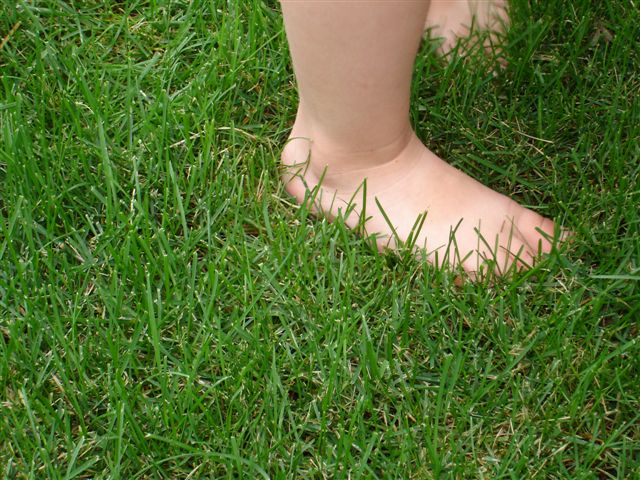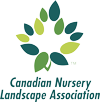With issues of lawn care inputs such as fertilizers, marginal effective weed control and water usage top of mind with homeowners, new varieties of tall fescues and perennial rye grasses may offer the solution.
What to do with a terrible lawn? Simply the biggest reason for many poor lawns is that there is little or no soil underneath to support a thriving lawn on top. Without adequate soil, your lawn will always struggle to grow and sustain itself. Last year, we did a complete re-sodding of a lawn and found two 5 gallon oil barrels, a plethora of gravel, stones, mortar and about 1 inch of sparsely graded top soil. We added about 5 tonnes of top soil and then laid the sod which should with property lawn care measures and weekly maintenance (cutting with razor sharp lawnmower) should be just fine. So good soil is the foundation to a decent lawn. If that box is ticked then the next step is seeding your lawn from a mono-culture (1 grass variety usually Kentucky) to a more diversified grass variety.
This season for our over-seeding we are using a mix of grass that contains creeping fescue and rye. The creeping Fescue/Rye are valued for their drought tolerance, lower need for fertilizers and its capacity for lateral spread. Fescue puts deeper roots down into the soil and with its capacity for lateral spread which hastens recuperation especially in high traffic areas. The fescue grass is also coated with a natural endophhyte which is more resistant to infestation from grubs. I am a realistic lawn care manager and recommend over seeding with these new grass varieties but as all sales goes, it is not the perfect pill and will not guarantee the perfect lawn. The only thing that will guarantee a perfect lawn is good soil, adopting best practices for nutritive balance for your lawn and proper mowing and maintenance techniques.
For a long time the use of fescue was limited as its growth was clumpy and would not fill in throughout a lawn. The newer cultivars are creeping fescue and rye which have characteristics that allow them to creep and fill in a lawn and not have the clumpy look. These creeping fescues and rye have growth characteristics similar to Kentucky bluegrass which is the standard for a perfect lawn in North America.






